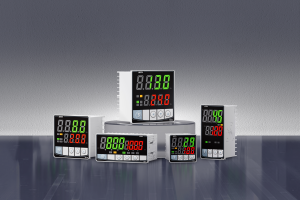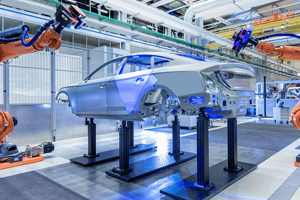How to Calibrate a PID Controller: A Comprehensive Guide
Learn how to calibrate a PID controller with our step-by-step guide. Understand the importance of PID parameters and achieve optimal system performance.
1.Introduction
A Proportional-Integral-Derivative (PID) controller is an extremely common piece of control loop machinery found in industrial control systems, used to maintain optimal performance and stability within their respective system(s). Calibration is key in order to guarantee maximum effectiveness; in this article I present an in-depth step by step guide on how to calibrate one using all relevant parameters as part of this calibration process.
2.Understanding PID Parameters
Prior to initiating any calibration processes, it is imperative to gain an understanding of the three fundamental parameters that comprise a PID controller: Proportional (P), Integral (I), and Derivative (D).
* Proportional (P): This parameter determines how we react to current errors; when set high enough it creates a stronger reaction against these mishaps. A greater proportional gain ensures more immediate reactions in case of misstep.
* Integral (I): This parameter accounts for past errors by tracking them over time and making necessary corrections to eliminate residual steady state errors from controller outputs.
* Derivative (D): This parameter forecasts future errors based on their rate of change, helping dampening system response while limiting overshoot and oscillations.
3.Initial Prep for Calibration
Prior to commencing calibration, ensure all mechanical components of your system are in working condition and initial PID values to zero in order to establish an initial point for modifications.
Calibrating Proportional Gain (P)
1. Increase P Value progressively until oscillatory behavior appears in your system.
2.
Reduce P Values: Once oscillation occurs, lower the P values by approximately half to strike a balance between responsiveness and stability.
Integral Gain (I) Calibration
Increase I Value: Gradually increase the integral gain while watching for changes to system response. 2. Adjust for Stability: Tune I value until the system achieves stability without significant oscillations or steady-state error.
4.Derivative Gain (D) Calibration
1 Increase D Value Gradually increase D values to dampen oscillations. 2. Fine Tune D Value Adjust D values until smooth responses with minimum overshoot or settling time are reached.
Testing and Validation
After calibrating P, I, and D values for optimal performance, it's crucial to conduct extensive system tests using different setpoints in order to confirm its stability and responsiveness under various operating conditions. Validate how it performs when subjected to different stresses.
Final Adjustments
Apply any minor tweaks necessary based on testing results to tweak P, I and D values so as to achieve optimal system performance with minimal error and uninterrupted operation.
5.Conclusion
Calibrating a PID controller requires careful consideration, with every parameter and their effects having to be understood fully in order to calibrate effectively and achieve your control objectives. Following this guide can help you successfully calibrate your PID controller.
- What Is Offset in PID Controller: Understanding and Addressing Steady-State Error
- What is Filter Coefficient in PID Controller? Understanding Its Role and Applications























